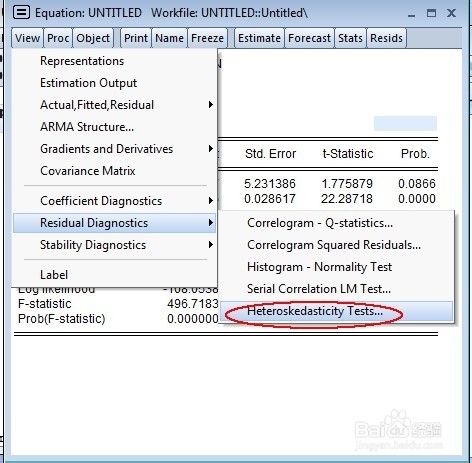

#CORRELATION MATRIX EVIEWS SERIES#
However, it remains a popular method for causality analysis in time series due to its computational simplicity. "Of course, many ridiculous papers appeared", he said in his Nobel lecture. Granger also stressed that some studies using "Granger causality" testing in areas outside economics reached "ridiculous" conclusions.

Ī time series X is said to Granger-cause Y if it can be shown, usually through a series of t-tests and F-tests on lagged values of X (and with lagged values of Y also included), that those X values provide statistically significant information about future values of Y. Rather than testing whether X causes Y, the Granger causality tests whether X forecasts Y. Using the term "causality" alone is a misnomer, as Granger-causality is better described as "precedence", or, as Granger himself later claimed in 1977, "temporally related". Since the question of "true causality" is deeply philosophical, and because of the post hoc ergo propter hoc fallacy of assuming that one thing preceding another can be used as a proof of causation, econometricians assert that the Granger test finds only "predictive causality". Ordinarily, regressions reflect "mere" correlations, but Clive Granger argued that causality in economics could be tested for by measuring the ability to predict the future values of a time series using prior values of another time series. The Granger causality test is a statistical hypothesis test for determining whether one time series is useful in forecasting another, first proposed in 1969.

Thus, past values of X can be used for the prediction of future values of Y. When time series X Granger-causes time series Y, the patterns in X are approximately repeated in Y after some time lag (two examples are indicated with arrows).


 0 kommentar(er)
0 kommentar(er)
